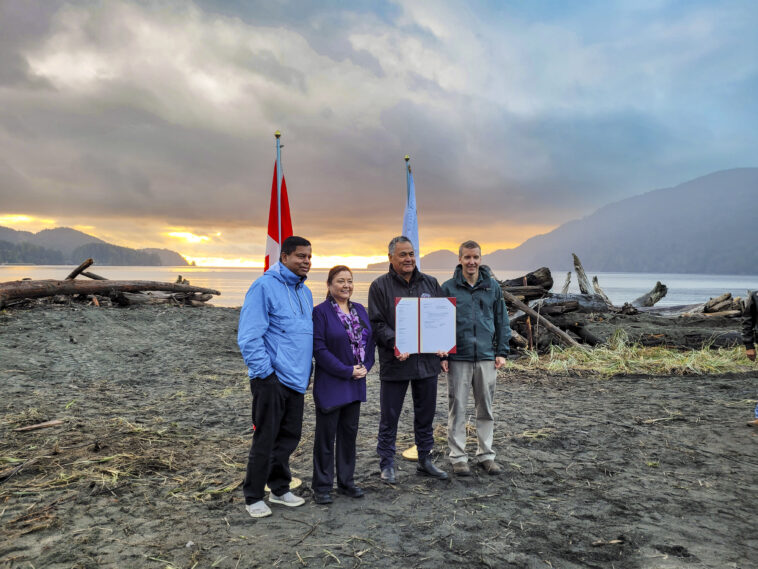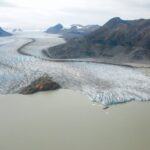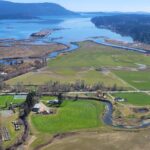The Pacheedaht First Nation is celebrating after a piece of land taken from them without consultation is being returned by Crown-Indigenous Relations and Parks Canada. Elected Chief Jeff Jones and federal Crown-Indigenous Relations Minister Gary Anandasangaree signed an agreement on November 15 to recognize the Pacheedaht as the rightful owners and original stewards of the Middle Beach land tract.
“We thank Parks Canada for working with us to find a way to recognize our responsibilities to these important lands until ownership of them come back to us under Treaty.”
Elected Chief Jeff Jones
The 2.64-hectare parcel of land, also known as ʔA:ʔbʔe:ʔs, is located within Pacific Rim National Park, on southwestern Vancouver Island near Port Renfrew. Chief Jones told the CBC that the stretch of beach was the “missing link” of their territory as it connects the Nation’s reserve lands.
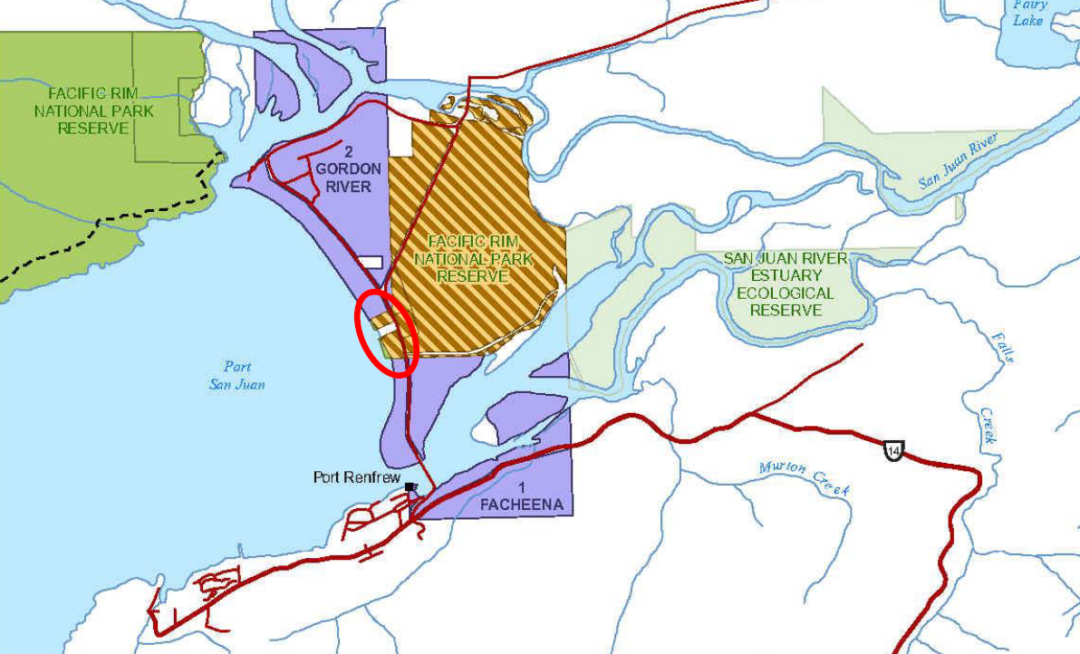
“We thank Parks Canada for working with us to find a way to recognize our responsibilities to these important lands until ownership of them come back to us under Treaty,” he said in a statement.
In 1988, the federal government absorbed Middle Beach into the Pacific Rim National Park in what many called a “land grab” – without consulting the Pacheedaht or recognizing their ancestral rights to the territory. The Nation was also refused the right to manage the land or harvest any of its resources.
The Pacheedaht have never signed any treaties with the colonial government and only entered the modern treaty process in 1996 with Crown-Indigenous Relations and Parks Canada. In 2019, the federal government agreed that Middle Beach should be returned to the Pacheedaht First Nation as part of the final treaty settlement.
“For more than a hundred years, the government stole land and severed these ties. Today, with the signing of this agreement, we begin to reverse this act of violence as the stewardship of the land at ʔA:ʔbʔe:ʔs is given back to Pacheedaht First Nation.”
Crown-Indigenous Relations Minister Gary Anandasangaree
Settlement negotiations are currently in stage five out of six, but once the treaty is finalized, the land will be legally returned to the Nation and removed from Parks Canada. The agreement signed this November recognizes the Pacheedaht as the stewards and official occupiers of the land until then.
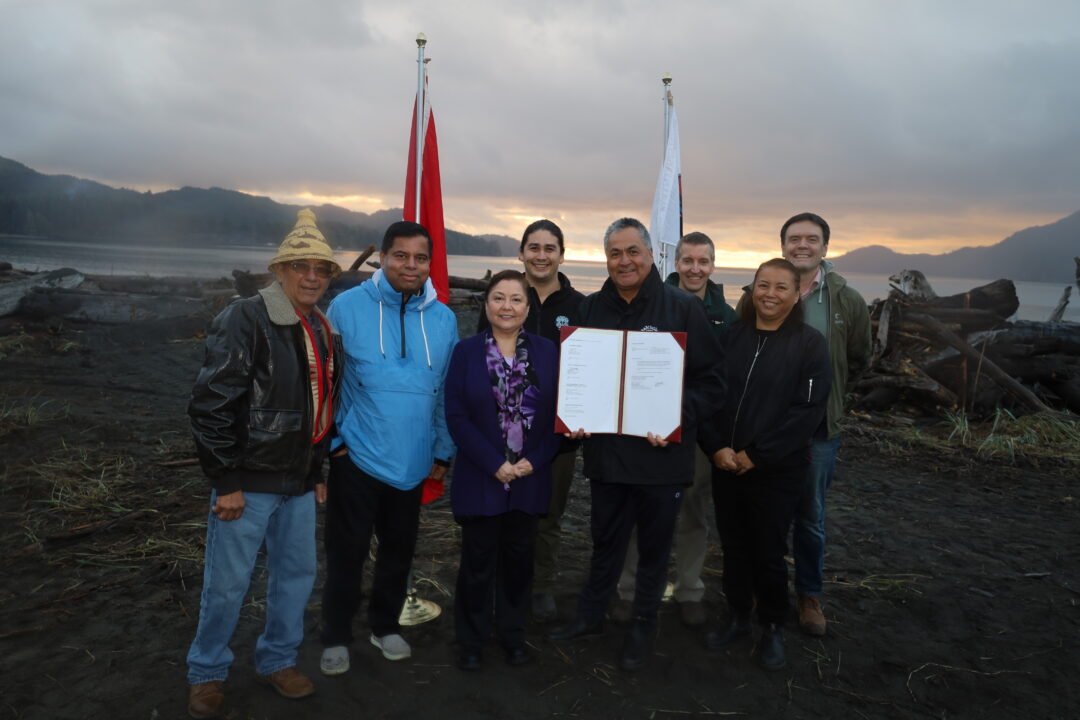
“The nation has not owned this land for many, many years, so we’re very excited about working towards what the feeling of ownership might look like down the road.”
Chief Jones
“For more than a hundred years, the government stole land and severed these ties. Today, with the signing of this agreement, we begin to reverse this act of violence as the stewardship of the land at ʔA:ʔbʔe:ʔs is given back to Pacheedaht First Nation,” Crown-Indigenous Relations Minister Gary Anandasangaree said in a press statement.
Chief Jones explained the Nation is in discussion over how to use the land and is considering tourism as one possibility for “our beautiful beach.” Middle Beach is a popular recreation area in the Park, and the Pacheedaht already own a nearby camping ground close to the West Coast Trail. He mentioned he was interested in creating job opportunities for his community and local Port Renfrew residents.
“The nation has not owned this land for many, many years,” Chief Jones said to CBC, “so we’re very excited about working towards what the feeling of ownership might look like down the road.”
He would also like to see more involvement for Indigenous peoples whose land the iconic West Coast Trail resides on. The Trail is one of the most famous adventure treks in the world and attracts around 7000 hikers each year. The Pacheedaht, Huu-ay-aht, and Ditidaht First Nations work as Guardians to maintain and oversee the West Coast Trail, doing everything from removing fallen trees to providing cultural interpretation and protecting sacred sites.
Chief Jones supports more of a role for the First Nations as co-managers of the Park, as well as the creation of a traditional Indigenous name for the Trail. The three Nations are currently in talks with Parks Canada to develop a co-management plan for the West Coast Trail.
Parks Canada stated it has been taking a collaborative approach to stewarding land with First Nations communities around the country under its Departmental Sustainable Development Strategy. The body oversees 90% of federal lands, with almost all of it traditionally used and stewarded by Indigenous Peoples.


